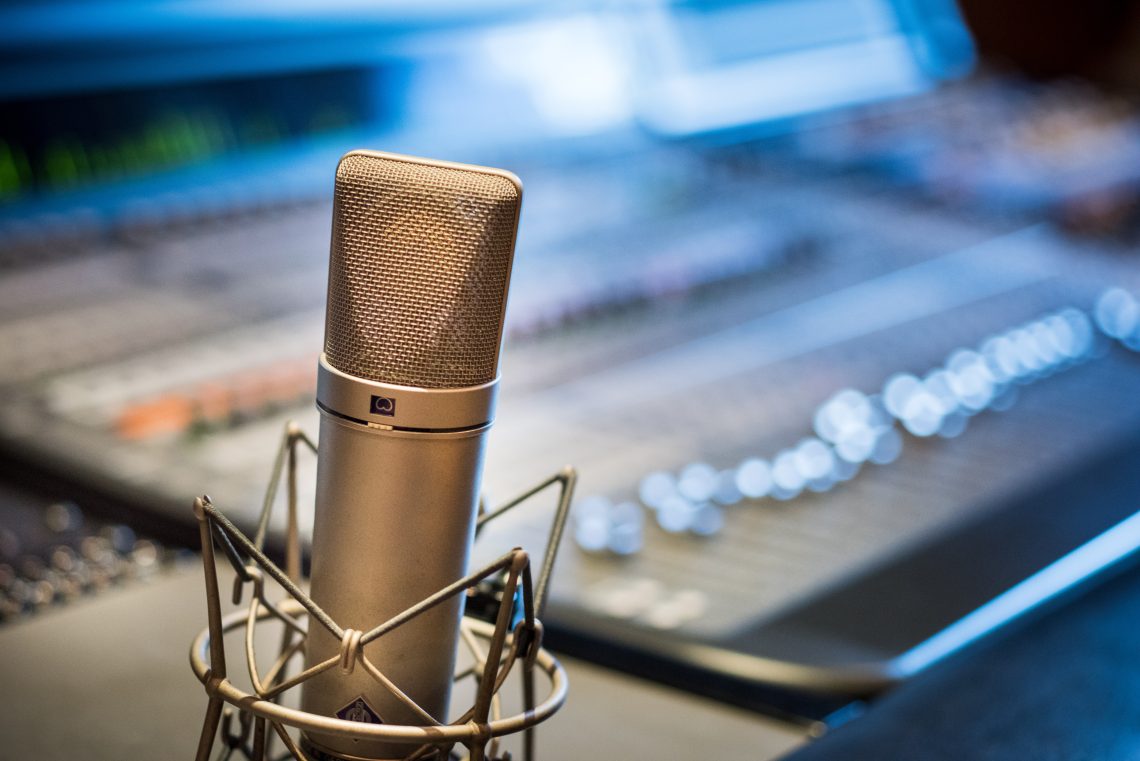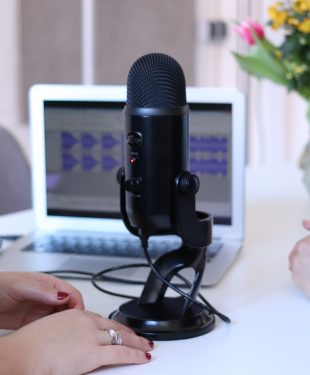Whether you intend to set up a studio or do any kind of audio work, there are a few things you need to consider. The condenser microphone is crucial in the recording industry. It’s a top option for most studios, voice-over artists, vocalists, producers, and many.
There are many good reasons why a condenser microphone stands out as the best option for these recording industry professionals. By now you may be wondering what this condenser microphone is all about. This article discusses what you need to know about a condenser microphone.
Understanding a condenser microphone
In most cases, there are usually two types of microphones you can use nowadays, which are a condenser microphone and dynamic microphone. A condenser microphone is designed to pick up detailed sound in studios where audio is more controlled.

Photo by Emmanuel Ikwuegbu on Unsplash
On the other hand, you can use a dynamic microphone in live settings with higher volume levels. Simply put, a condenser microphone is suitable for recording studios.
The main reason why recording professionals use a condenser microphone for studio work is that it can pick up subtle and nuanced sounds rather than loud and abrasive sounds. As a result, this microphone can pick up a clear signal and reproduce a natural sound. A condenser microphone is designed to help you to have a high-quality recording so that you can have better sound clarity and character.
Different types of condenser microphones
There is a wide range of condenser microphones you can find on the market, but the most common ones are large-diaphragm condenser microphones and small-diaphragm condenser microphones. Remember that each type of microphone tends to have different characteristics when it comes to sound capture. Also, you can use each type of microphone differently during recording.
A large-diaphragm condenser microphone refers to a device that uses a large diaphragm to get audio sources from side-facing positions. This is because it has a diaphragm that measures at least more than an inch in length to increase the surface area of the capsule.
You can fix a large-diaphragm condenser microphone in a stationary position in recording booths. You can also use a large-diaphragm condenser microphone to capture the fullness and richness of a low-end sound since it produces a widening effect that fills audio space in the mix.
A small-diaphragm condenser microphone is sometimes called a pencil microphone because of its small size and usage in thin and long designs. This microphone features a diaphragm that measures less than an inch.
In most cases, a microphone with this configuration has a diaphragm that is placed in a front-facing position to allow the audio source to focus its energy on the top of the microphone.
You can choose to handhold a small diaphragm condenser microphone, though they are utilized for recording from desktop positions or you can even mount it in a studio. Besides these, a small diaphragm condenser microphone is also good at capturing transients and other high-end sounds. As you can see, a small diaphragm condenser microphone is a quite versatile device that you can use for recording.
Read more entertainment and music articles at ClichéMag.com
Images provided by Flickr, Unsplash, Pexels, Pixabay & Creative Commons




